
The Victorian Legislative Council (VLC) is the upper house of the bicameral Parliament of Victoria, Australia, the lower house being the Legislative Assembly. Both houses sit at Parliament House in Spring Street, Melbourne. The Legislative Council serves as a house of review, in a similar fashion to its federal counterpart, the Australian Senate. Although it is possible for legislation to be first introduced in the Council, most bills receive their first hearing in the Legislative Assembly.
William Robert Baxter is a former Australian politician and a former Victorian State President of The Nationals. He was the Nationals member of the Victorian Legislative Council representing North Eastern Province from June 1978 until November 2006. He also served one term in the Victorian Legislative Assembly from 1973 to 1976.
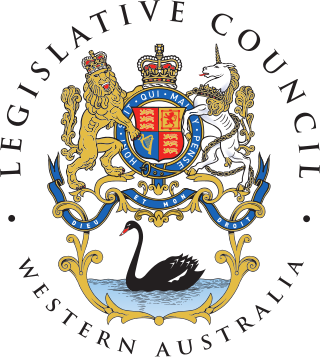
The Western Australian Legislative Council is the upper house of the Parliament of Western Australia, a state of Australia. It is regarded as a house of review for legislation passed by the Legislative Assembly, the lower house. The two Houses of Parliament sit in Parliament House in the state capital, Perth.

John Cain was an Australian politician, who became the 34th premier of Victoria, and was the first Labor Party leader to win a majority in the Victorian Legislative Assembly. He is the only premier of Victoria to date whose son has also served as premier.
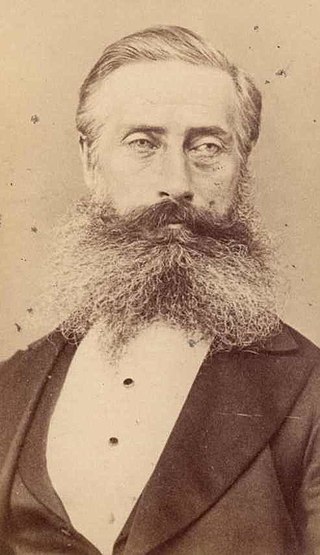
Sir Graham Berry,, was an Australian colonial politician and the 11th Premier of Victoria. He was one of the most radical and colourful figures in the politics of colonial Victoria, and made the most determined efforts to break the power of the Victorian Legislative Council, the stronghold of the landowning class.
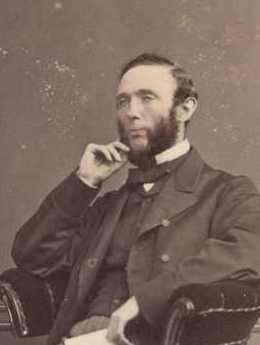
James Service, an Australian colonial politician, was the 12th premier of Victoria, Australia.

The 2002 Victorian state election, held on Saturday, 30 November 2002, was for the 55th Parliament of Victoria. It was held to elect the 88 members of Victorian Legislative Assembly and 22 members of the 44-member Legislative Council.

The 2006 Victorian state election, held on Saturday, 25 November 2006, was for the 56th Parliament of Victoria. Just over 3 million Victorians registered to vote elected 88 members to the Legislative Assembly and, for the first time, 40 members to the Legislative Council under a proportional representation system. The election was conducted by the independent Victorian Electoral Commission.
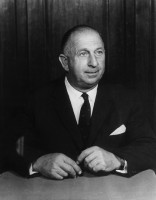
The 1955 Victorian state election was held in the Australian State of Victoria on Saturday, 28 May 1955 to elect 65 members of the state's Legislative Assembly.
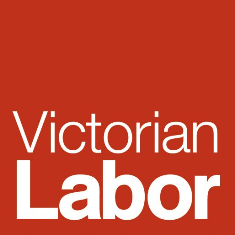
The Victorian Labor Party, officially known as the Australian Labor Party and commonly referred to simply as Victorian Labor, is the Victorian state branch of the Australian Labor Party (ALP). Victorian Labor forms the incumbent government in the state of Victoria and is led by Jacinta Allan, who has served concurrently as Premier of Victoria since 2023.

The 1877 Victorian colonial election was held on 11 May 1877 to elect the 9th Parliament of Victoria. It was the first election in Victoria in which all electorates voted on the same day. All 86 seats in 55 electorates in the Legislative Assembly were up for election, though four seats were uncontested.

The July 1880 Victorian colonial election was held on 14 July 1880 to elect the 11th Parliament of Victoria. All 86 seats in 55 electorates in the Legislative Assembly were up for election, though eight seats were uncontested.

The 1883 Victorian colonial election was held on 22 February 1883 to elect the 12th Parliament of Victoria. All 86 seats in 55 electorates in the Legislative Assembly were up for election, though twelve seats were uncontested.

The 1874 Victorian colonial election was held from 25 March to 22 April 1874 to elect the 8th Parliament of Victoria. All 78 seats in 49 electorates in the Legislative Assembly were up for election, though eleven seats were uncontested.

The 1871 Victorian colonial election was held from 14 February to 16 March 1871 to elect the 7th Parliament of Victoria. All 78 seats in 49 electorates in the Legislative Assembly were up for election, though six seats were uncontested.

The 1868 Victorian colonial election was held from 21 January to 20 February 1868 to elect the 6th Parliament of Victoria. All 78 seats in 49 electorates in the Legislative Assembly were up for election, though seven seats were uncontested.

The 1866 Victorian colonial election was held from 30 December 1865 to 29 January 1866 to elect the 5th Parliament of Victoria. All 78 seats in 49 electorates in the Legislative Assembly were up for election, though ten seats were uncontested.

The 1864 Victorian colonial election was held from 5 October to 3 November 1864 to elect the 4th Parliament of Victoria. All 78 seats in 49 electorates in the Legislative Assembly were up for election, though sixteen seats were uncontested.

The 1861 Victorian colonial election was held from 2−19 August 1861 to elect the 3rd Parliament of Victoria. All 78 seats in 49 electorates in the Legislative Assembly were up for election, though four seats were uncontested.
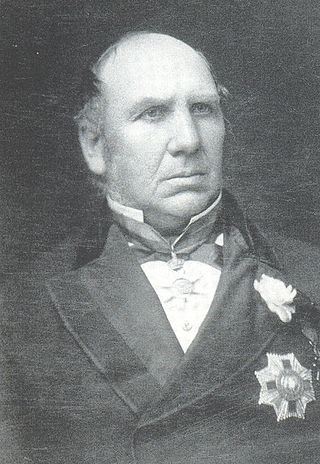
The 1859 Victorian colonial election was held from 26 August to 26 September 1859 to elect the 2nd Parliament of Victoria. All 78 seats in 49 electorates in the Legislative Assembly were up for election, though eight seats were uncontested. This election was the first held in Victoria after the electoral rolls were compiled according to the principle of manhood suffrage.














